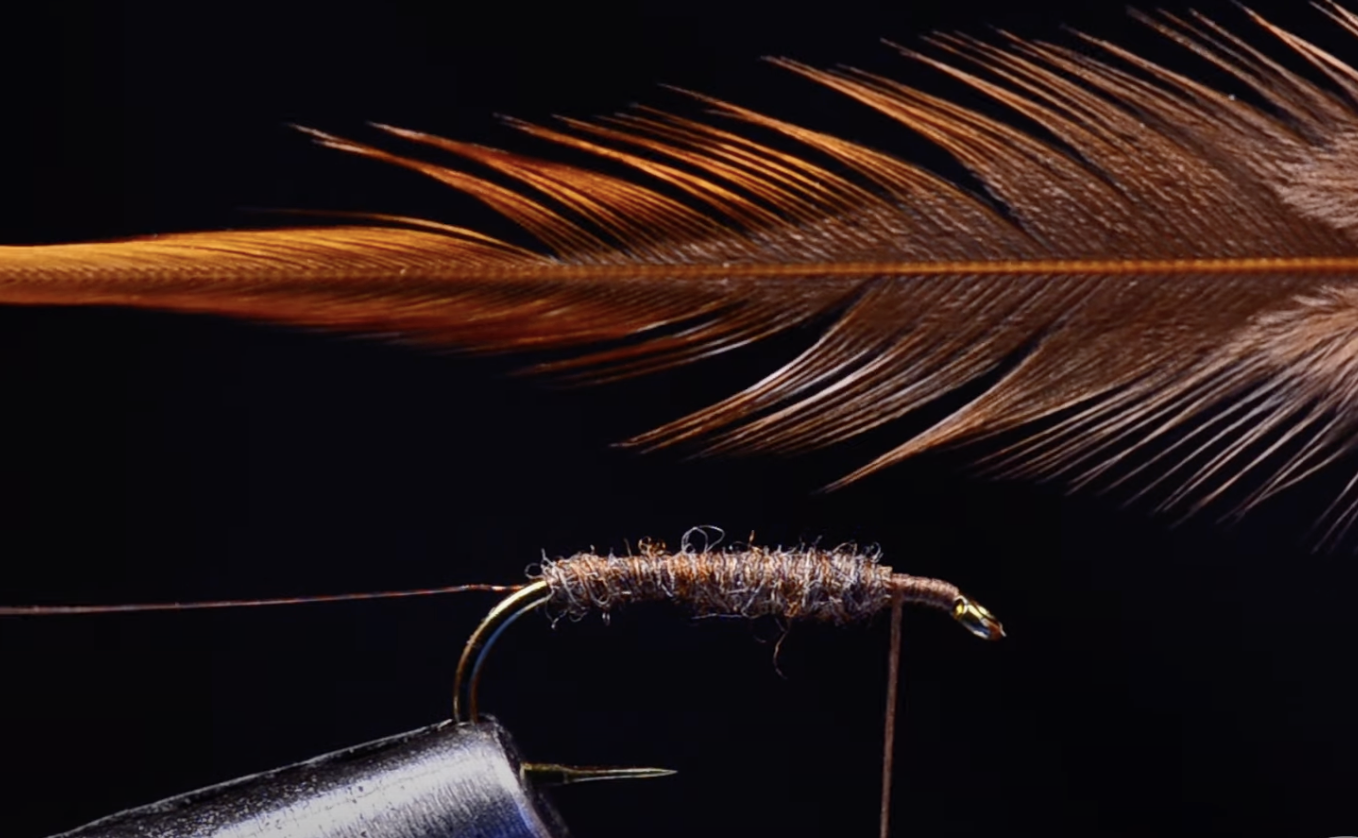StepsbyStep Guide: Fly Tying for Beginners Elk Hair Caddis
Featuring : Charlie's Fly Box
Photo from : Charlie's Fly Box
In this guide, Charlie gets into the art of tying one of the most versatile and effective dry flies ever created, the Elk Hair Caddis.
Whether you're new to the world of fly tying or just seeking to enhance your skills, join us on this as we unlock the secrets of tying this iconic pattern with a legendary fly tier.
Materials Needed:
Before we embark on our fly-tying adventure, gather the essential materials to ensure a seamless process. For the Elk Hair Caddis, you'll need:
Photo from : Charlie's Fly Box
Hook: Choose a suitable dry fly hook, commonly in sizes 12-18.
Thread: Opt for a strong thread in a color that complements your pattern.
Elk Hair: Select high-quality elk hair for the wing and body of the fly.
Dubbing: Choose a dubbing material that matches the natural color of caddis insects.
Hackle: Pick a hackle feather appropriate for the size of your fly.
Ribbing Material (optional): Some variations include ribbing for added durability.
Steps to Tying:
Photo from : Charlie's Fly Box
Photo from : Charlie's Fly Box
Photo from : Charlie's Fly Box
Secure the Hook:
Begin by fixing the hook securely in the vise and laying down a foundation of thread along the shank.
Add Dubbing:
Apply a sparse amount of dubbing to the thread and wrap it around the shank, forming a tapered body. Ensure the transition from wing to body is smooth.
Tie in Hackle:
Secure the hackle at the front of the body, ready for winding. The hackle should be proportionate to the size of the fly.
Wind the Hackle: With consistent wraps, wind the hackle around the body, ensuring evenly spaced turns. Tie it off and trim excess material.
Attach Elk Hair:
Measure a small bunch of elk hair for the wing, ensuring it extends just beyond the hook's bend. Tie it down on top of the shank, creating a neat wing.
Create a Head:
Form a small, neat head with the remaining thread, securing all materials in place. Whip finish and trim the thread.
Optional Ribbing:
If desired, add ribbing by wrapping a fine material (e.g., wire) through the hackle, creating additional durability.
Elk Hair Caddis by Charlie Craven
The Elk Hair Caddis brings us into the world of dry flies. Dries are more proportion dependent than nymphs as the proportions affect the way the fly sits on the water. The body taper and diameter, the hackle size and density and the length and density of the wing are all things to keep in mind. Make the body no thicker than one-third the gap width, and tapered from back to front. Hackle that is too large or dense makes the fly appear bigger than it really is. Hackle serves two functions on this fly; flotation and the appearance of legs. Caddis have only six legs so it doesn't take many turns to fulfill this requirement. Materials Available at http://www.charliesflyboxinc.com/ or by calling (303) 403-8880






